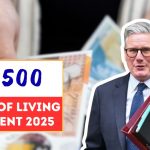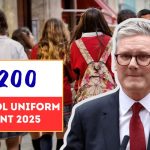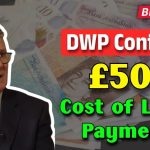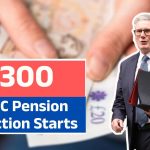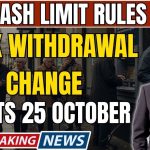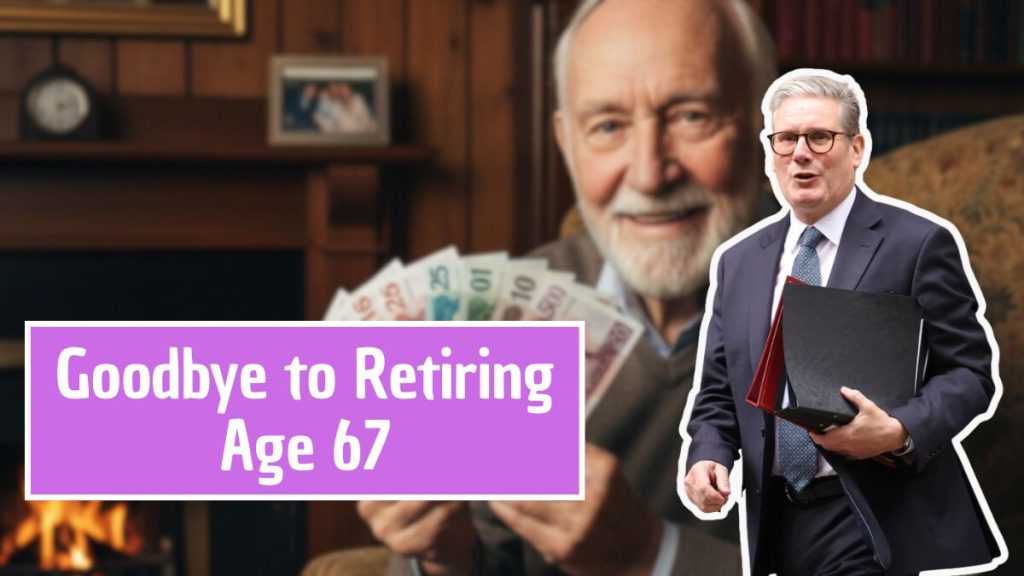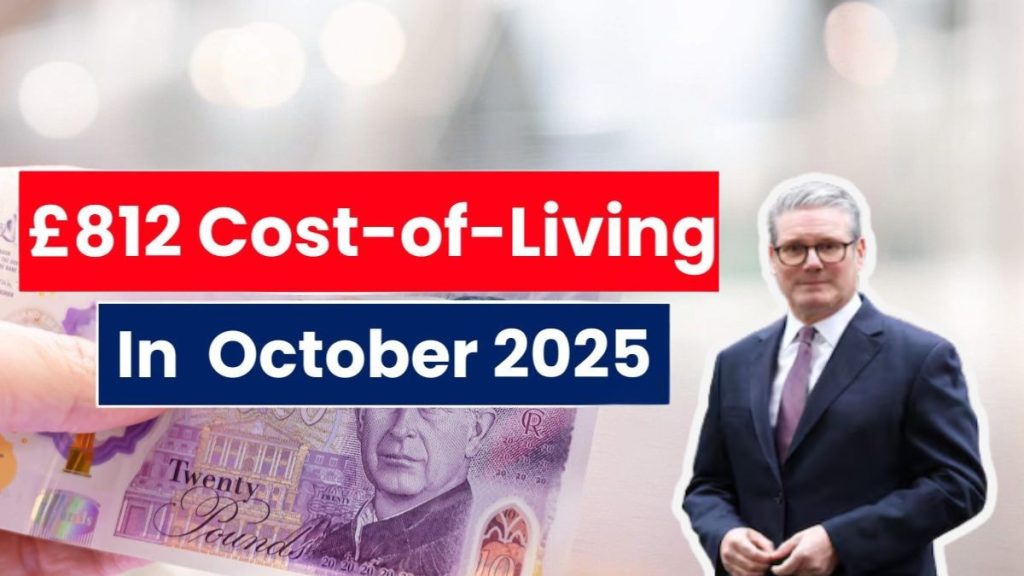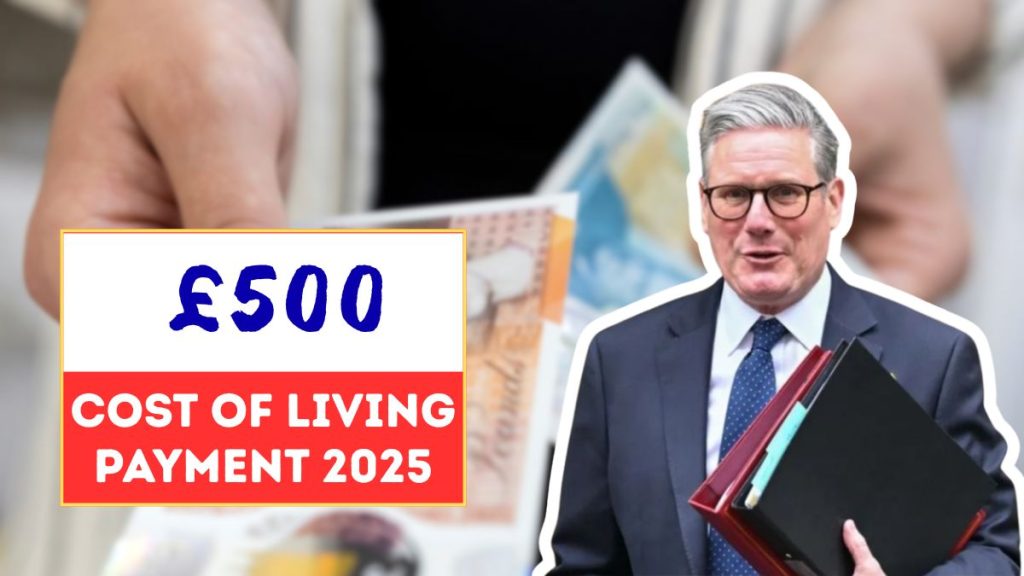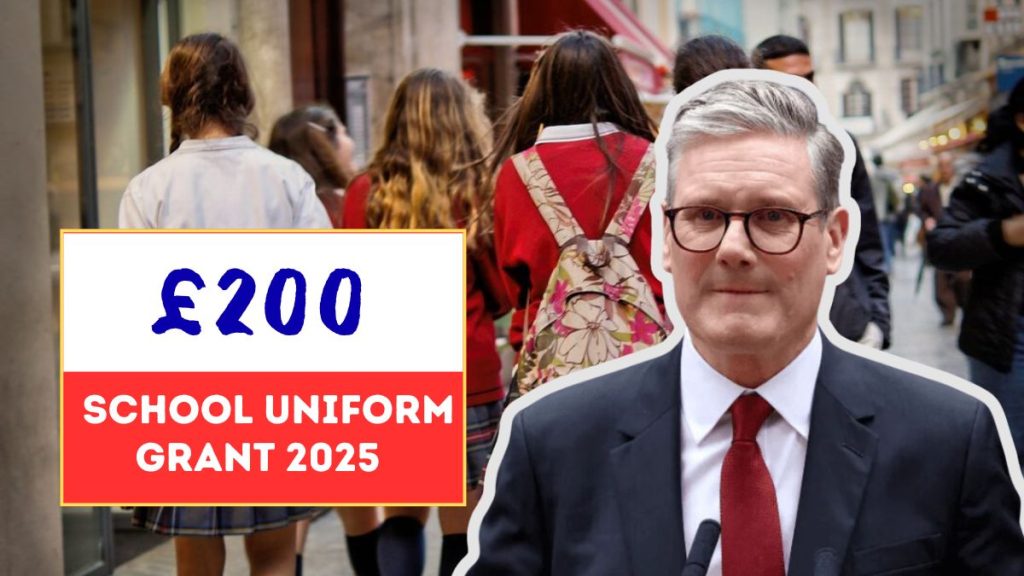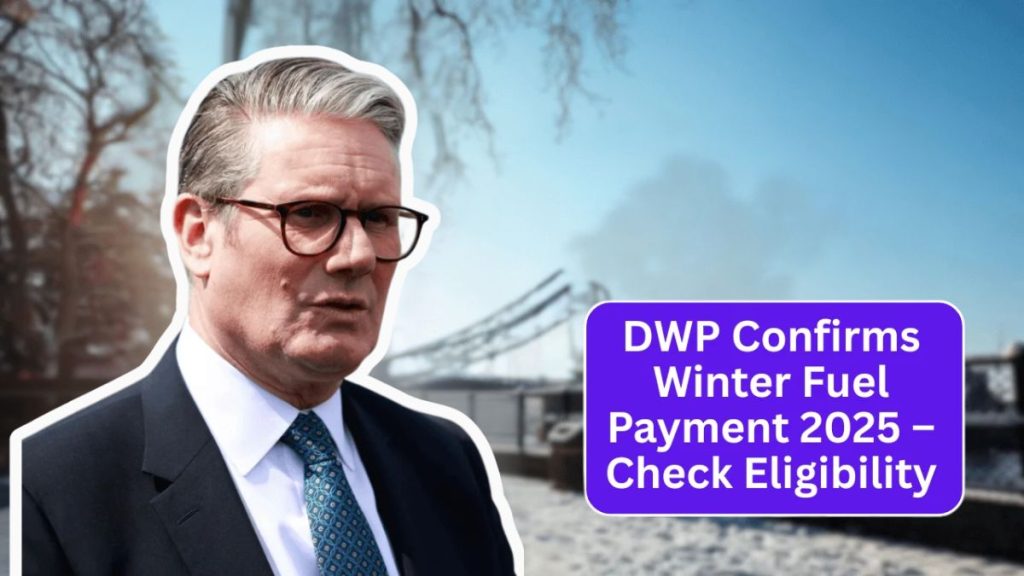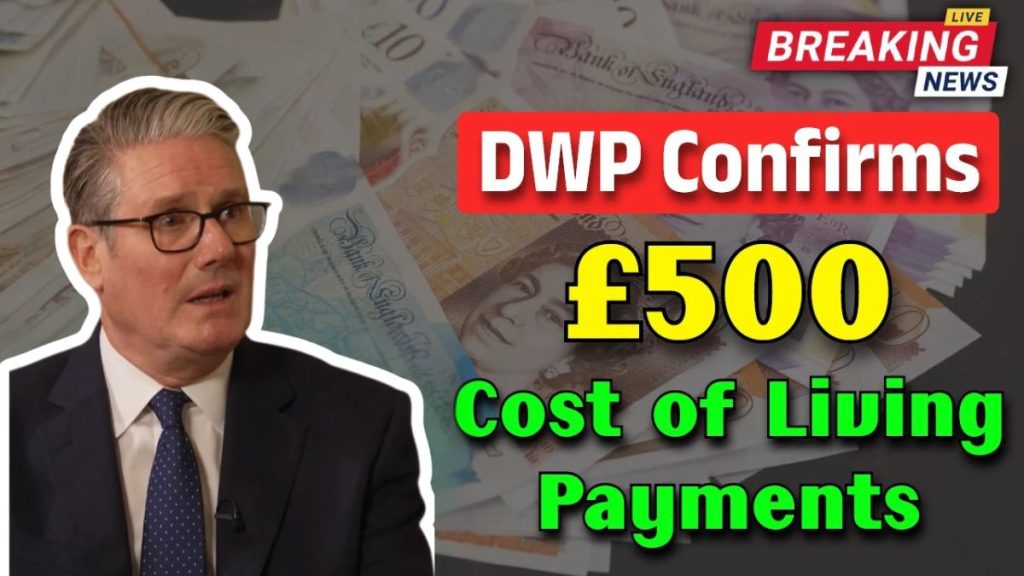Across the United Kingdom and Scotland, millions of households continue to grapple with high living expenses. From skyrocketing grocery bills to relentless energy costs, families and pensioners alike are finding it harder to stretch their monthly budgets. Despite gradual signs of economic recovery, the reality for many remains bleak — prices stay high while incomes fail to keep pace.
In response to these ongoing financial pressures, discussions have emerged about a new £600 Cost of Living Payment set to help low-income and benefit-dependent households in 2025. Though not officially confirmed, early reports suggest the Department for Work and Pensions (DWP) may introduce another round of payments to provide relief before winter.
What Is the £600 Cost of Living Payment?
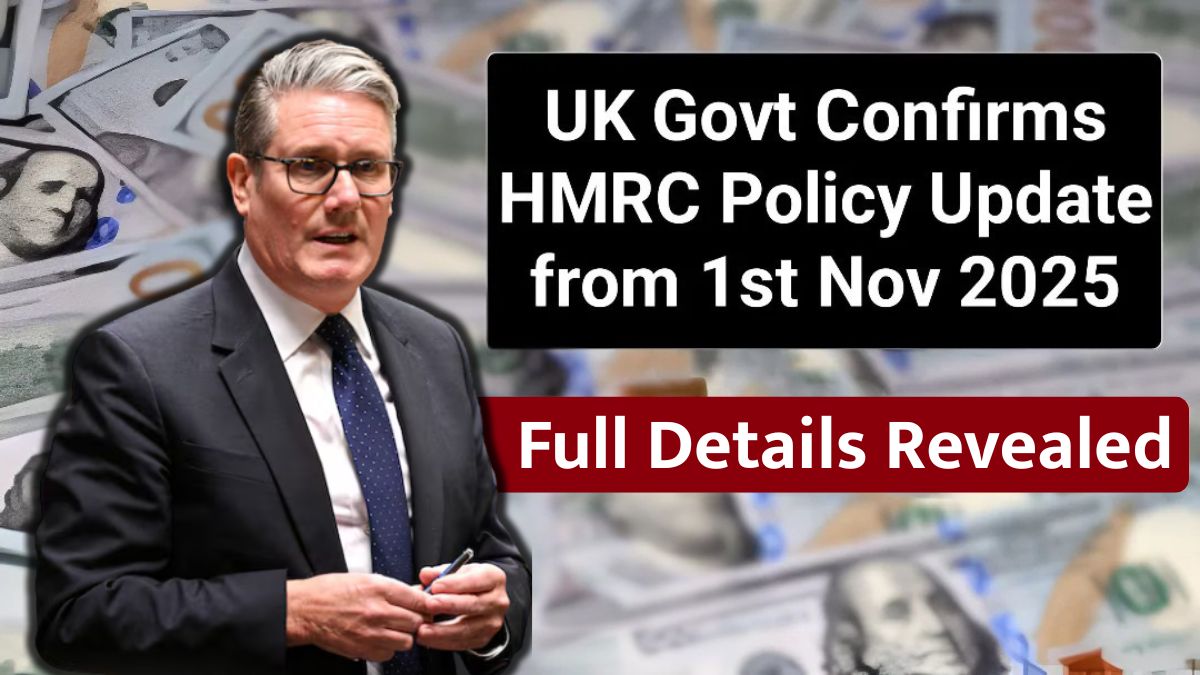
The £600 Cost of Living Payment is a proposed one-off grant aimed at supporting individuals and families hit hardest by rising costs. This payment is designed to help cover essentials such as food, heating, and other everyday expenses.
It continues the government’s previous cost-of-living support initiatives from 2022–2024, which included several rounds of payments for Universal Credit, Pension Credit, and other benefit claimants. The upcoming £600 scheme would serve as a new phase of support to cushion households before the cold season.
While not yet confirmed by official legislation, multiple reports indicate the payment could arrive between September and October 2025, distributed automatically through existing benefit systems.
Official Overview of the Payment (Expected)
| Details | Information (Expected/Reported) |
|---|---|
| Payment Name | Cost of Living Payment 2025 |
| Amount | £600 (one-off payment) |
| Expected Payment Period | September – October 2025 |
| Who Pays It | Department for Work and Pensions (DWP) |
| Who Can Get It | Low-income households or people on qualifying benefits |
| How It’s Paid | Automatically into the same bank account as benefits |
| Application Needed | No — automatic for eligible claimants |
| Status | Not yet confirmed, but widely discussed |
Who Could Receive the £600 Payment
The eligibility criteria are expected to follow the same model as previous cost-of-living payments. Beneficiaries are likely to include:
- Universal Credit recipients who received at least one payment during qualifying dates.
- Pension Credit claimants who were entitled to the benefit before the cutoff date.
- Individuals on income-based Jobseeker’s Allowance (JSA) or Employment and Support Allowance (ESA).
- Income Support claimants.
- People receiving Working Tax Credit or Child Tax Credit through HMRC.
These categories cover millions of low-income earners, unemployed individuals, and pensioners, ensuring help reaches those most impacted by rising prices.
When the £600 Payment Might Arrive
The DWP typically issues cost-of-living payments in phased batches to prevent duplication and system overload. Here’s the expected payment timeline for 2025 based on past years:
| Benefit Type | Expected Payment Period | Notes |
|---|---|---|
| Universal Credit | Early September 2025 | Usually the first group to receive payments. |
| Income-based benefits (JSA, ESA, Income Support) | Mid to late September 2025 | Payments follow shortly after Universal Credit. |
| Pension Credit recipients | Late September – Early October 2025 | Pensioners often have a separate payment window. |
| Tax Credit recipients (via HMRC) | Mid to late October 2025 | HMRC pays later to prevent duplicate payments. |
The staggered schedule allows the DWP and HMRC to process millions of transactions smoothly while ensuring no one is missed.
How the Payment Will Be Made
If you’re eligible, the £600 Cost of Living Payment will be paid automatically — no application or registration is required. The amount will appear in your bank account as a separate payment, distinct from your usual benefit deposit.
The DWP handles most payments directly, while HMRC distributes funds to tax credit recipients. Past patterns show payments landing in waves:
- Universal Credit claimants first,
- Then income-based benefit recipients,
- Followed by pensioners and tax credit households.
How This Payment Could Help Families
For struggling households, £600 can provide much-needed breathing space. It could pay for several weeks of groceries, part of a rent bill, or offset high gas and electricity costs during the colder months.
For elderly people on Pension Credit, the payment can make a difference in keeping homes warm or covering health-related expenses. For families on Universal Credit, it may help reduce debt, buy school supplies, or simply make ends meet until the next pay period.
The government’s stated goal is to shield vulnerable citizens from the harshest effects of inflation. If confirmed, this payment would represent another step in maintaining stability while broader economic recovery continues.
Why the Payment Matters in 2025
Over the past three years, the government has rolled out multiple cost-of-living support rounds to offset inflation and energy price spikes. These payments provided a lifeline for millions, especially during record-high utility costs.
However, despite inflation cooling slightly in 2025, prices remain high compared to pre-pandemic levels. Many households still struggle to afford essentials. The proposed £600 payment could therefore become one of the most significant one-time boosts since COVID-era support measures — reinforcing the government’s pledge to continue helping those on the lowest incomes.
What to Do If You Don’t Receive the Payment
If you believe you qualify but haven’t received the £600 by the end of the payment window, you should:
- Check Eligibility: Confirm you were receiving a qualifying benefit during the official assessment period.
- Verify Bank Details: Ensure your account number and sort code are up to date with DWP or HMRC.
- Allow Time for Delays: Payments may arrive later for some claimants due to banking schedules or system queues.
- Contact Authorities: After the payment window closes, reach out to the DWP or HMRC to raise a missing payment claim.
Official helplines and GOV.UK portals typically publish guidance when payment windows open.
Special Considerations for Scotland
Scotland manages some of its own welfare and social support programmes through Social Security Scotland. In previous cost-of-living rounds, the Scottish Government sometimes added extra winter or fuel payments to complement UK-wide schemes.
If you live in Scotland:
- Make sure your benefits are correctly registered under both DWP and Social Security Scotland systems.
- Look out for additional Scottish support (e.g., Winter Heating Payments or Child Payment top-ups).
- Follow updates from Scottish Government announcements, as devolved adjustments may apply.
The coordination between DWP and Scotland ensures that residents don’t miss out on any overlapping support opportunities.
The Role of DWP and HMRC
The Department for Work and Pensions (DWP) will oversee most of the distribution process, while HMRC manages tax-credit-related claims. Both agencies rely on existing benefit databases to identify eligible households, minimizing fraud and preventing duplication.
This means you do not need to reapply for the cost-of-living support. If you qualify, the system automatically flags your eligibility, ensuring you receive the money without paperwork.
Economic Context Behind the Payment
The UK economy has faced persistent challenges: high interest rates, volatile energy markets, and slow wage growth. Even as inflation falls below 4%, the cost of essentials remains stubbornly elevated. Supermarket prices, fuel bills, and rent have climbed steadily since 2021, putting sustained pressure on working-class and pensioner households.
The DWP’s £600 proposal is part of a broader attempt to soften the economic blow while the government reviews long-term welfare reforms. Analysts suggest that such targeted assistance could play a key role in preventing a surge in debt and homelessness this winter.
Reactions and Public Expectations
Public response to the reports has been largely positive, though many express frustration at the uncertainty. Advocacy groups for the elderly and low-income families have urged the government to confirm the payment quickly, arguing that financial planning becomes difficult when support schemes remain speculative.
Economists note that while one-time grants help, long-term solutions such as increased Pension Credit take-up, higher minimum wage, and energy price regulation are essential for lasting relief.
What Happens Next?
As of now, the £600 Cost of Living Payment remains unconfirmed, pending official government approval. The DWP, HMRC, and the Treasury are expected to release detailed guidance later in 2025 once budgets and eligibility rules are finalized.
Until then, individuals are advised to:
- Keep their benefit accounts active and up to date.
- Follow official GOV.UK and DWP announcements.
- Ignore misinformation circulating on social media, as false payment claims have appeared in the past.
If and when the payment is confirmed, it will be one of the most substantial government relief efforts of the year.
Frequently Asked Questions (FAQs)
1. Is the £600 Cost of Living Payment confirmed?
Not yet. The payment is widely discussed but awaiting official confirmation from the UK government and the DWP.
2. Who qualifies for the £600 payment?
People on benefits such as Universal Credit, Pension Credit, income-based JSA or ESA, Income Support, and Tax Credits are expected to qualify once the scheme is approved.
3. Do I need to apply for the payment?
No. If eligible, the payment will be sent automatically to your bank account, just like other DWP benefits.
4. When will payments be made?
The expected payment window is between September and October 2025, with different benefit groups receiving funds at different times.
5. Will Scotland have different rules?
The payment is UK-wide, but Scotland may add supplementary support through Social Security Scotland or its own winter payment programmes.


